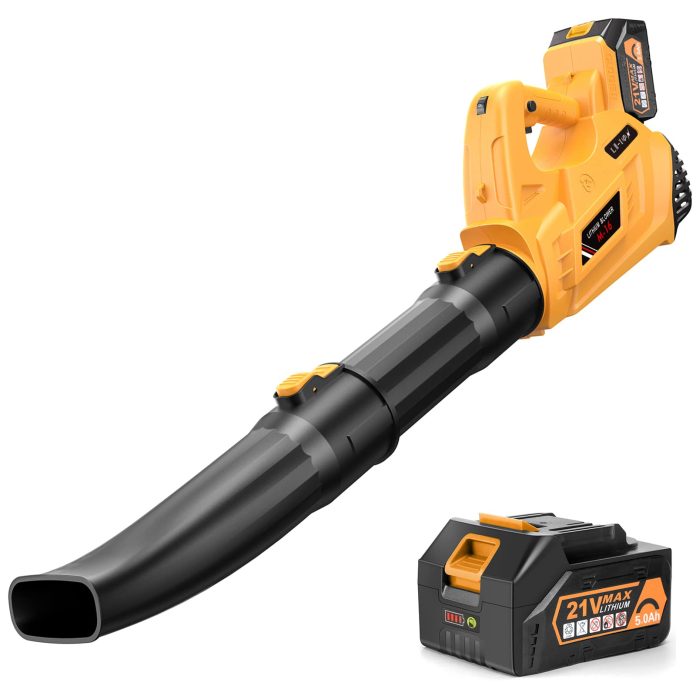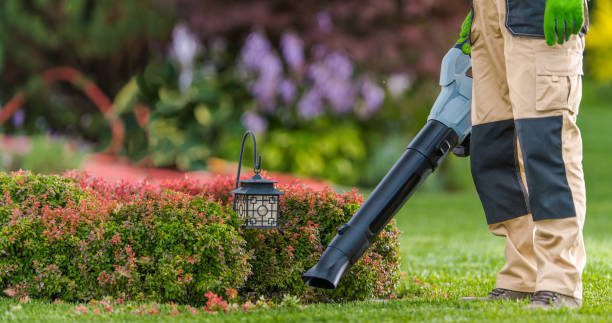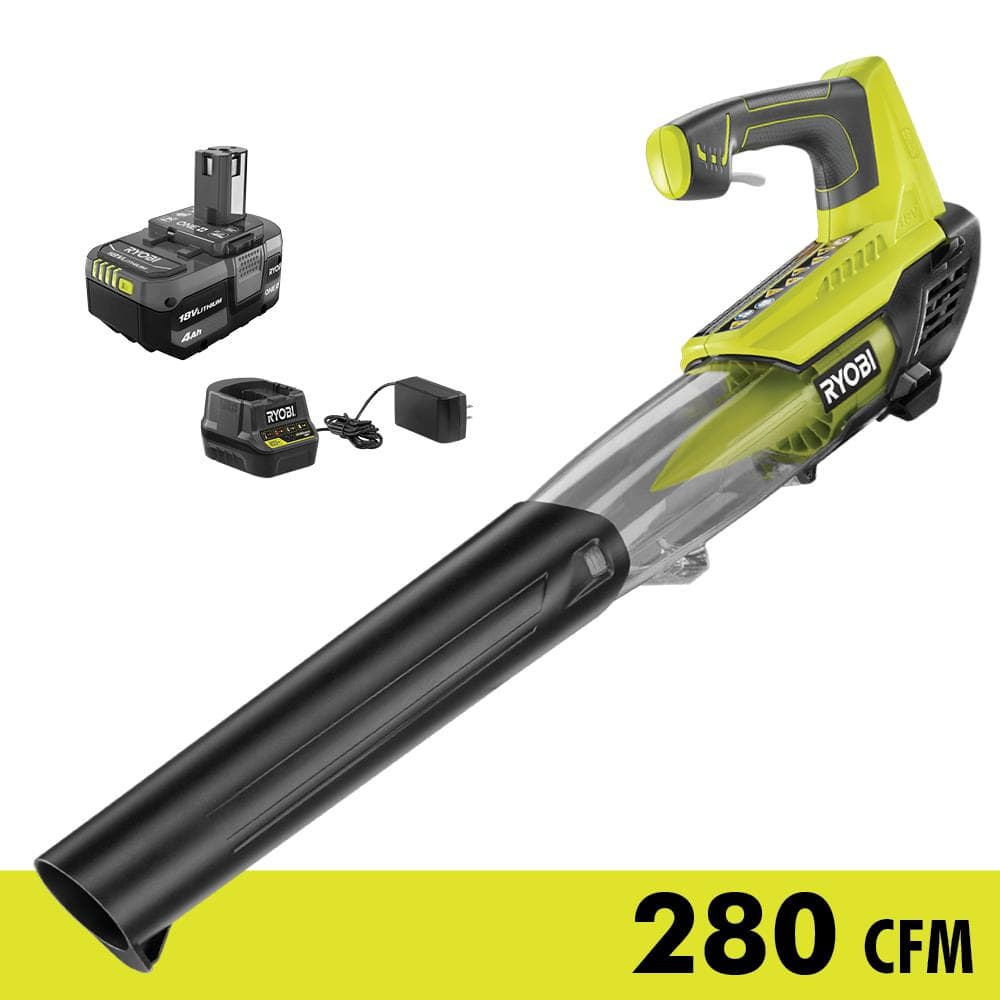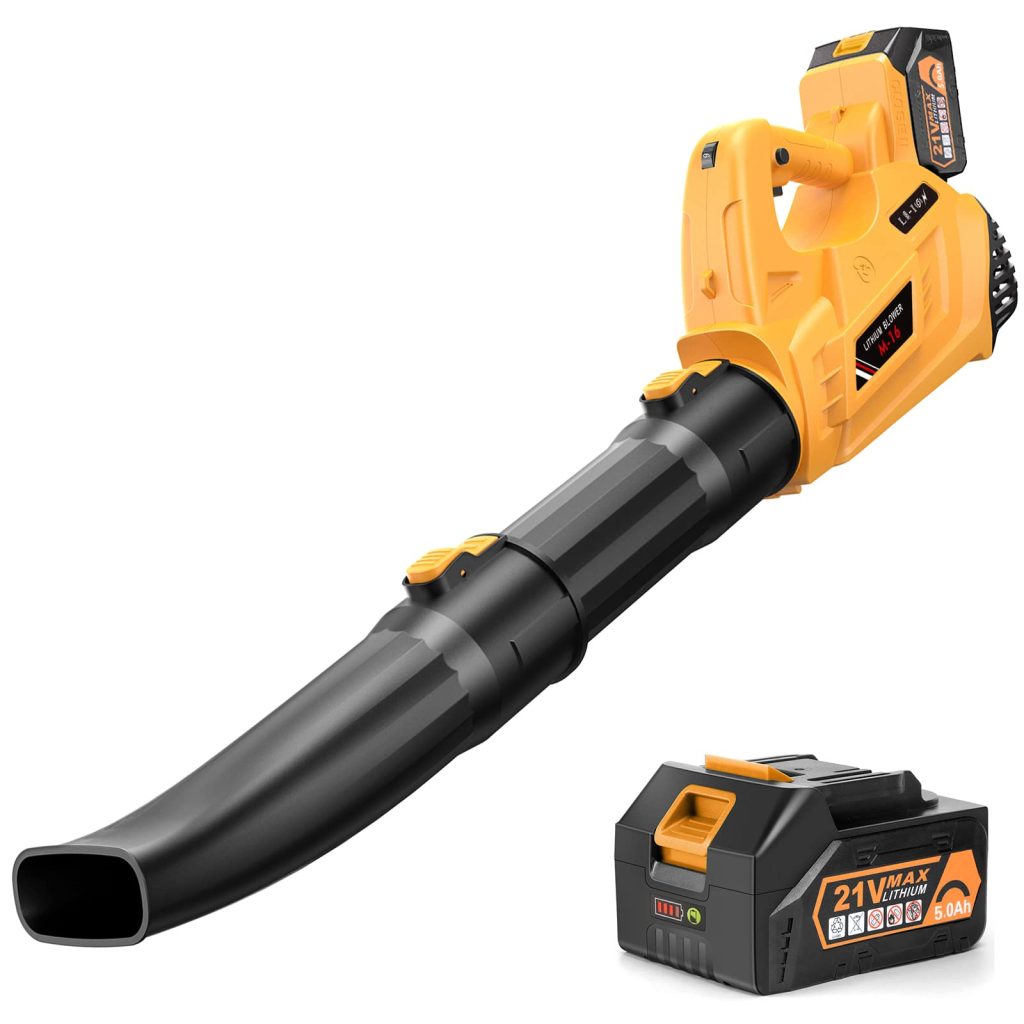Battery life is always a topic of concern when it comes to cordless tools, and the same goes for cordless leaf blowers. We’ve all been there – ready to tackle those leaves piling up in the yard, only to have our trusty blower run out of juice just a few minutes into the job. But how long does the battery of a cordless leaf blower typically last? In this article, we’ll explore the factors that affect battery life and give you some tips on how to make the most out of your leaf blower’s battery power. Say goodbye to the frustration of a short-lived battery and hello to extended yardwork sessions!
Factors that affect battery life
Battery capacity
The battery capacity of a cordless leaf blower directly affects its battery life. Battery capacity is typically measured in amp-hours (Ah), and higher capacity batteries have the ability to run the leaf blower for a longer period of time before needing to be recharged. When choosing a cordless leaf blower, it is important to consider the battery capacity that aligns with your needs.
Type of battery
The type of battery used in a cordless leaf blower also plays a role in determining its battery life. The two most common types of batteries used in cordless leaf blowers are lithium-ion batteries and nickel-cadmium batteries. Lithium-ion batteries are known for their higher energy density, lightweight design, and longer lifespan compared to nickel-cadmium batteries. It is important to understand the pros and cons of each battery type when considering the battery life of a cordless leaf blower.
Motor power
The motor power of a cordless leaf blower directly impacts its battery life. A more powerful motor requires more energy to operate, which can drain the battery more quickly. When choosing a cordless leaf blower, it is essential to find a balance between motor power and battery life that suits your needs.
Speed settings
The speed settings of a cordless leaf blower can also affect its battery life. Higher speed settings consume more power, resulting in a shorter battery life. It is advisable to use lower speed settings whenever possible to maximize the battery life of the cordless leaf blower.
Air volume
The air volume produced by a cordless leaf blower can impact its battery life. Leaf blowers with higher air volume tend to use more power, leading to a shorter battery life. It is essential to consider the required air volume for your specific needs and balance it with the desired battery life.
Battery maintenance
Proper maintenance of the battery is crucial to ensure optimal battery life. Regularly cleaning the battery contacts, avoiding deep discharge cycles, and storing the battery in a cool and dry place can help prolong the battery life of a cordless leaf blower.
This image is property of www.bhg.com.
Average battery life of cordless leaf blowers
Lithium-ion batteries
Lithium-ion batteries are becoming increasingly popular in cordless leaf blowers due to their numerous advantages. On average, cordless leaf blowers powered by lithium-ion batteries can provide a battery life of 30 minutes to 1 hour on a single charge. However, it is important to note that the actual battery life may vary depending on factors such as motor power, speed settings, and air volume.
Nickel-cadmium batteries
Nickel-cadmium batteries, although less commonly used in modern cordless leaf blowers, still have their place in the market. On average, cordless leaf blowers powered by nickel-cadmium batteries can provide a battery life of 15 minutes to 30 minutes on a single charge. However, it is important to keep in mind that nickel-cadmium batteries are generally heavier and have a shorter overall lifespan compared to lithium-ion batteries.
Average battery life for different brands
The battery life of cordless leaf blowers can vary across different brands and models. Each brand may have its own specifications and technologies that impact battery life. It is advisable to refer to the specific product specifications and user reviews for accurate information on the battery life of a particular cordless leaf blower.
This image is property of huphong.com.sg.
Tips to maximize battery life
Choose the right battery capacity
Selecting the appropriate battery capacity for your cordless leaf blower is important in maximizing battery life. If you have larger outdoor spaces or require longer periods of use, opting for a higher capacity battery can ensure that your leaf blower operates for a sufficient amount of time before needing to be recharged. However, if your usage is more infrequent or on a smaller scale, a lower capacity battery may be suitable.
Consider the voltage
The voltage of the battery is another factor to consider when looking to maximize battery life. Higher voltage batteries generally have a longer runtime, as they are able to provide more power to the leaf blower. However, it is important to note that higher voltage batteries may also be heavier and more expensive. It is essential to find the right balance between voltage, battery capacity, and overall battery life that suits your needs.
Use lower speed settings when possible
To prolong the battery life of your cordless leaf blower, it is advisable to use lower speed settings whenever possible. Higher speed settings consume more power, leading to a shorter battery life. By using lower speed settings for tasks that do not require maximum power, you can extend the runtime of your leaf blower before needing to recharge.
Keep battery charged
Keeping the battery of your cordless leaf blower adequately charged is essential in maximizing battery life. Regularly charging the battery after each use, rather than waiting for it to completely discharge, can help maintain its performance and overall lifespan. It is also important to follow the manufacturer’s recommendations for charging and storing the battery to ensure optimal battery life.
Avoid extreme temperatures
Extreme temperatures can negatively impact the performance and lifespan of the battery in a cordless leaf blower. It is important to avoid exposing the battery to extremely hot or cold conditions, as this can reduce its capacity and overall battery life. Storing the battery in a cool and dry place when not in use can help preserve its performance.
Properly store the battery
Proper storage of the battery when not in use is crucial in maintaining its performance and extending its overall lifespan. It is recommended to store the battery in a cool, dry place away from direct sunlight and extreme temperatures. Additionally, ensuring that the battery is stored in a secure and stable position can help prevent any damage or accidental discharge.
This image is property of images.thdstatic.com.
Signs that the battery needs replacement
Decreased runtime
One of the indicators that a battery may need replacement is a significantly decreased runtime. If you find that the cordless leaf blower is running out of power much faster than before, even after fully charging the battery, it may be a sign that the battery is no longer holding its charge effectively.
Longer charging time
If you notice that the battery of your cordless leaf blower takes significantly longer to charge than it used to, it may indicate that the battery is reaching the end of its lifespan. As batteries age, their charging efficiency may decrease, resulting in longer charging times.
Battery leakage
Battery leakage is a serious issue and can be dangerous. If you observe any signs of leakage from the battery, such as a sticky substance or a strong odor, it is crucial to stop using the battery immediately and seek a replacement. Leaking batteries can damage the leaf blower and pose a risk of injury.
Inconsistent performance
If you experience inconsistent performance from your cordless leaf blower, such as sudden power loss or fluctuations in power output, it may indicate an issue with the battery. In such cases, it is recommended to check the battery and consider replacement if needed.
This image is property of Amazon.com.
Battery replacement and cost
Replacing the battery
When the battery of a cordless leaf blower reaches the end of its lifespan or requires replacement, it is important to choose a compatible replacement battery. Most manufacturers offer replacement batteries specifically designed for their cordless leaf blowers. It is advisable to refer to the product manual or contact the manufacturer for guidance on replacing the battery.
Cost of replacement batteries
The cost of replacement batteries for cordless leaf blowers can vary depending on the brand, model, and type of battery. Generally, lithium-ion batteries tend to be more expensive compared to nickel-cadmium batteries due to their superior performance and longer lifespan. It is recommended to research and compare prices from different retailers or authorized dealers to ensure you are getting the best value for your replacement battery.
This image is property of Amazon.com.
Conclusion
The battery life of a cordless leaf blower can vary based on several factors, including battery capacity, type of battery, motor power, speed settings, air volume, and battery maintenance. Choosing the right battery capacity and considering the voltage can help maximize battery life. Using lower speed settings, keeping the battery charged, avoiding extreme temperatures, and properly storing the battery are also essential tips to prolong battery life. Signs such as decreased runtime, longer charging time, battery leakage, and inconsistent performance may indicate the need for battery replacement. When replacing the battery, it is important to choose a compatible replacement and consider the cost. By understanding these factors and following the tips provided, you can ensure optimal battery life for your cordless leaf blower.








































